Where is facial recognition used in 2023?
Last updated on August 3rd, 2023 in General
 Introduction to Facial Recognition
Introduction to Facial RecognitionWelcome to the fascinating world of facial recognition! In today’s digital age, this innovative technology has taken center stage, revolutionizing various industries and transforming the way we interact with our surroundings. From law enforcement to social media platforms, retail stores to schools, it is making its mark in countless domains.
Join us as we explore where facial recognition is being used in 2023 and delve into both its benefits and potential risks. So grab a seat and prepare to be amazed by the incredible applications of this cutting-edge technology!
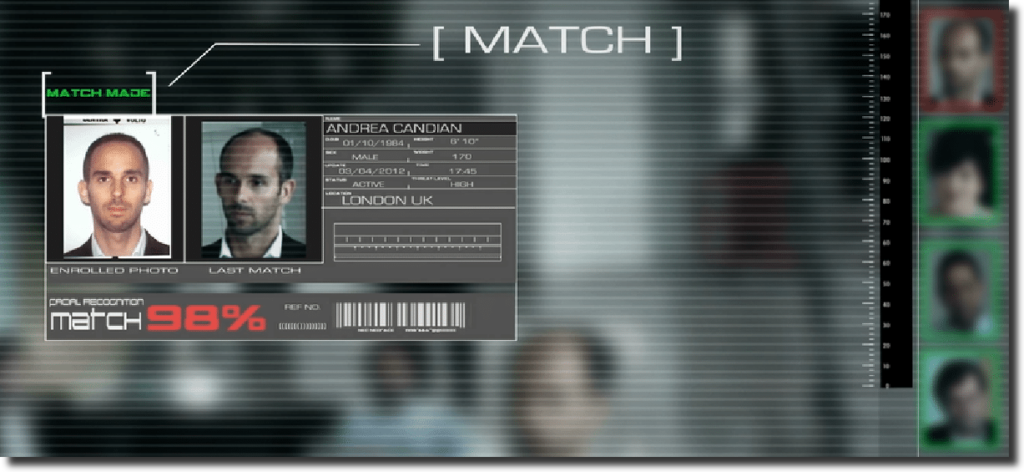
Facial recognition technology has found its way into various aspects of our lives, and one area where it is increasingly being used is in law enforcement. This advancement in technology allows authorities to quickly identify individuals and track their movements with just a simple scan of their faces.
In law enforcement, it can be a powerful tool for identifying suspects or missing persons. By comparing an individual’s face to a database of known criminals or wanted individuals, law enforcement agencies can potentially solve crimes more efficiently and locate those who pose a threat to public safety.
Additionally, facial recognition systems are often installed in surveillance cameras placed throughout cities and public spaces. This means that even if someone commits a crime and manages to escape the scene unnoticed, there is still a chance they could be identified later based on their captured image.
While the use of facial recognition technology in law enforcement certainly has its benefits, there are also concerns about privacy and potential misuse. Critics argue that widespread surveillance infringes upon individuals’ rights to privacy and could lead to false identifications or wrongful arrests.
It’s important for laws and regulations surrounding the use of this technology by law enforcement agencies to be carefully crafted. Striking the right balance between effective crime-fighting tools and protecting civil liberties will continue to be an ongoing challenge as we navigate this rapidly evolving technological landscape.
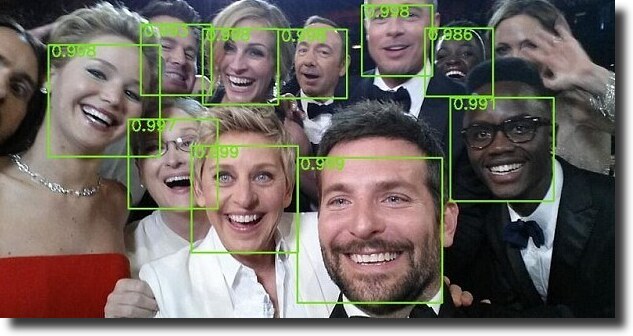 Facial recognition technology has infiltrated nearly every aspect of our lives, including the realm of social media. In today’s digital age, platforms like Facebook and Instagram are utilizing facial recognition to enhance user experiences and improve security measures.
Facial recognition technology has infiltrated nearly every aspect of our lives, including the realm of social media. In today’s digital age, platforms like Facebook and Instagram are utilizing facial recognition to enhance user experiences and improve security measures.
One major application of facial recognition in social media is photo tagging. With this feature, users can upload a picture and the platform automatically identifies individuals present in the image, making it easier to tag friends and family members. This not only saves time but also adds a personal touch to posts.
Additionally, facial recognition helps prevent impersonation and identity theft on social media platforms. By analyzing unique facial features, these technologies can detect fake profiles or suspicious activity more easily. This goes a long way towards ensuring the safety and privacy of users online.
Moreover, some social media apps are using facial recognition for augmented reality (AR) filters. These fun filters overlay digital effects onto users’ faces in real-time, allowing them to transform into various characters or creatures with just a swipe on their screens.
However, there are concerns surrounding the use of this technology in social media. Privacy advocates worry that extensive data collection through facial recognition could lead to misuse or abuse by these platforms. There have been instances where user data was mishandled or sold without consent.
While facial recognition technology offers numerous benefits within the realm of social media – from enhancing user experiences to improving security measures – it is important for companies to prioritize transparency and safeguard user privacy when implementing such technologies on their platforms.
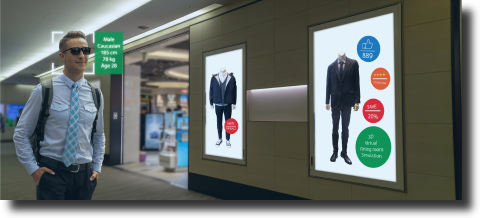 Facial recognition technology has made its way into the world of advertising, revolutionizing the way marketers target and engage with consumers. By using facial recognition algorithms, advertisers can identify individuals’ age, gender, emotions, and even their buying preferences. This allows them to deliver personalized ads that are tailored to each person’s unique characteristics.
Facial recognition technology has made its way into the world of advertising, revolutionizing the way marketers target and engage with consumers. By using facial recognition algorithms, advertisers can identify individuals’ age, gender, emotions, and even their buying preferences. This allows them to deliver personalized ads that are tailored to each person’s unique characteristics.
In today’s digital era, online advertising platforms like Facebook and Google have started integrating facial recognition technology into their ad targeting options. For example, if a user uploads a photo on social media where they’re wearing a specific brand of clothing or accessories, advertisers can use this information to display relevant ads for similar products.
But it doesn’t stop there. It is also being used in physical stores through digital signage displays that can analyze customers’ facial expressions as they interact with products. This data helps retailers measure customer interest and adjust their marketing strategies accordingly.
While some see these advancements as an innovative way to enhance the consumer experience, others raise concerns about privacy invasion and potential misuse of personal data. It is important for companies utilizing facial recognition in advertising to be transparent about how they collect and use this information while ensuring adequate security measures are in place to protect users’ privacy.
Facial recognition in advertising presents both opportunities and challenges. As technology continues to evolve rapidly, it will be crucial for businesses to strike a balance between delivering personalized experiences and respecting individual privacy rights.
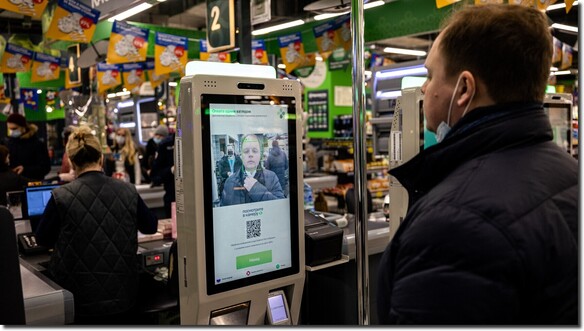 Facial recognition technology is not just limited to law enforcement or social media platforms; it has also made its way into the world of retail. Retail stores are increasingly adopting facial recognition systems as a means to enhance their customer experience and improve store security.
Facial recognition technology is not just limited to law enforcement or social media platforms; it has also made its way into the world of retail. Retail stores are increasingly adopting facial recognition systems as a means to enhance their customer experience and improve store security.
One way facial recognition is being used in retail stores is through personalized shopping experiences. By using facial recognition, retailers can identify loyal customers as they enter the store and provide them with tailored recommendations based on their past purchases and preferences. Imagine walking into your favorite clothing store, and the salesperson already knows your size, style preferences, and even suggests new items that you might like – all thanks to this technology.
Another application of it in retail stores is enhanced security measures. With this technology in place, retailers can detect potential shoplifters or suspicious individuals by comparing live camera footage with a database of known offenders. This helps prevent thefts and protects both customers and employees within the store premises.
Furthermore, some retailers are even utilizing facial recognition for contactless payments. Customers can simply walk up to a self-checkout kiosk equipped with this technology, have their face recognized as an authentication method, and complete their purchase without needing any physical cards or cash.
While these applications may offer convenience and efficiency for both retailers and customers alike, there are legitimate concerns surrounding privacy issues that arise from widespread use of facial recognition in retail spaces. Shoppers may feel uneasy about having their faces scanned without explicit consent or worry about how their personal data will be stored or shared.
In conclusion (not conclusive), while there are undoubtedly benefits to using this technology in retail stores such as personalized shopping experiences, improved security measures, and contactless payments; it’s important for businesses implementing these systems to prioritize transparency regarding data collection processes along with ensuring robust security protocols are in place to protect consumer information from potential breaches or misuse
 Facial recognition technology has found its way into schools, raising both concerns and potential benefits. One area where it is being used in schools is for security purposes. By implementing this technology, schools can enhance their safety measures by accurately identifying individuals who enter the premises.
Facial recognition technology has found its way into schools, raising both concerns and potential benefits. One area where it is being used in schools is for security purposes. By implementing this technology, schools can enhance their safety measures by accurately identifying individuals who enter the premises.
With facial recognition systems in place, school staff can quickly identify any unauthorized individuals and take appropriate action if necessary. In addition to improving physical security, it can also be used for attendance tracking. Instead of relying on manual methods or swipe cards, students’ faces can be scanned upon entry to automatically mark their attendance.
Another use of it in schools involves monitoring student behavior and emotions. Some schools are experimenting with using this technology to detect signs of distress or emotional turmoil among students. This information could help educators intervene early and provide support when needed.
Despite these potential advantages, there are valid concerns about privacy implications and the accuracy of these systems, especially when it comes to children’s data. Critics argue that storing biometric data such as facial images raises significant privacy risks if not adequately protected.
Furthermore, there have been cases where false positives or erroneous identifications have occurred due to biases within the algorithms used by these systems. These issues underscore the need for strict regulations and safeguards around the use of facial recognition technology in educational settings.
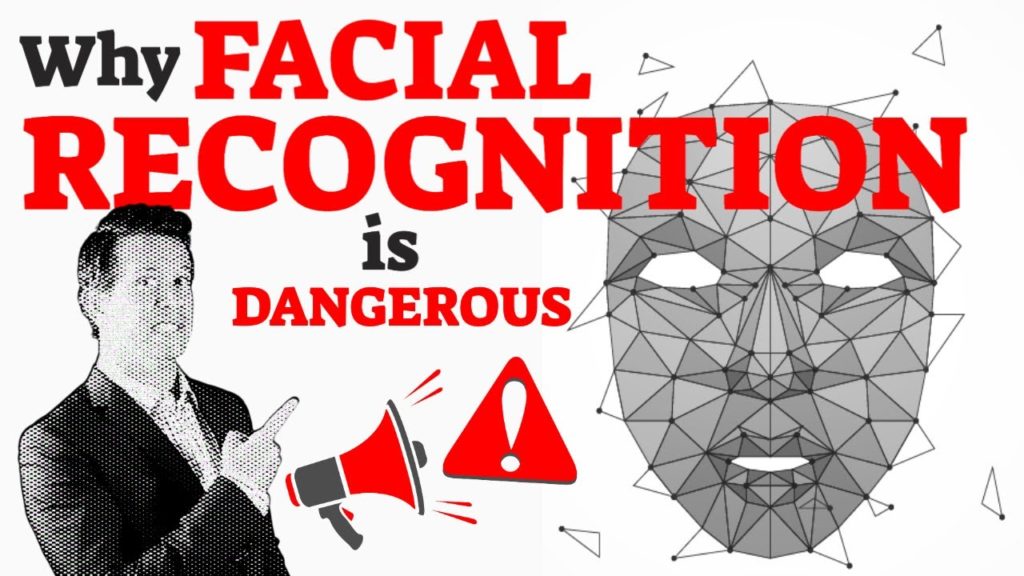
Facial recognition technology has undoubtedly brought about many advancements and benefits in various industries. However, it is crucial to acknowledge the potential dangers that come with its use.
One of the primary concerns surrounding facial recognition is privacy invasion. As this technology becomes more widespread, there are increased opportunities for personal data to be collected without consent or knowledge. This raises significant ethical questions about surveillance and individuals’ right to privacy.
Another major issue with facial recognition is accuracy and bias. Studies have shown that these systems can often misidentify individuals, particularly those from minority groups or with non-standard features. This can lead to wrongful accusations and arrests, further perpetuating existing biases within our society.
In addition to privacy concerns and accuracy issues, facial recognition also poses a significant risk of misuse by authoritarian regimes or malicious actors. Governments could potentially use this technology as a tool for mass surveillance or tracking political dissidents, which threatens civil liberties and democratic principles.
Furthermore, there are serious cybersecurity implications associated with facial recognition databases. If these databases were to be compromised or accessed by unauthorized parties, it could result in identity theft on a massive scale.
While facial recognition offers undeniable advantages in certain contexts, we must proceed cautiously due to the potential dangers it presents. It is essential for policymakers, companies developing this technology, and society as a whole to carefully consider its implications on privacy rights, fairness in identification processes, and safeguarding against misuse before implementing it further into our daily lives
Facial recognition technology has become increasingly prevalent in various aspects of our lives. It is being used by law enforcement agencies to enhance public safety and identify criminals more efficiently. Social media platforms are utilizing facial recognition for tagging photos and enhancing user experience. Advertisers are leveraging this technology to target specific demographics and personalize their messaging.
Retail stores are implementing facial recognition systems to streamline the shopping experience, improve security, and offer personalized recommendations to customers. Even schools are adopting facial recognition as a means of enhancing campus security and attendance monitoring.
However, while facial recognition technology offers many benefits, it also raises concerns about privacy, surveillance, and potential misuse. The collection and storage of biometric data raise questions about who has access to this information and how it may be used in the future.
As with any powerful tool or technology, there must be careful consideration of its ethical implications. Striking a balance between the advantages provided by facial recognition and protecting individual rights is crucial moving forward.
Society needs robust regulations that govern the use of facial recognition technology to ensure transparency, accountability, and safeguarding against potential abuses. Only through responsible implementation can we harness the true potential of this evolving technology while protecting individual privacy rights.
It is essential for policymakers, technologists, civil liberties advocates, industry leaders,and citizens alike to engage in thoughtful discussions on how best to navigate these complex issues surrounding facial recognition nowand into the future.